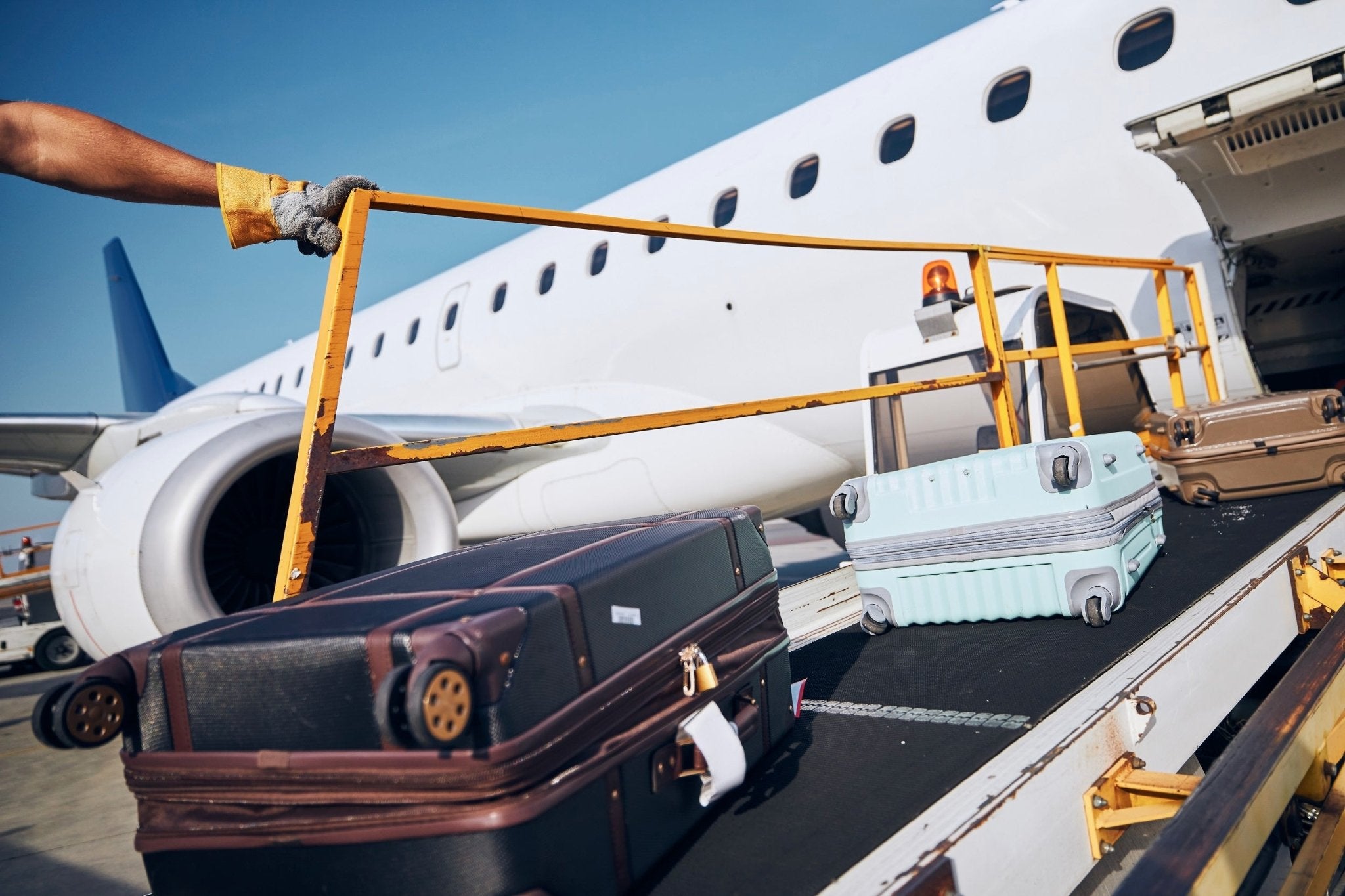
Types Of Hardshell Luggage
The term "Hardshell Luggage" also known as "Hardside Luggage" refers to the hardness and rigidity of the outer casing of the bag.
In today's world hardshell is made mainly from high-tech plastics, mainly ABS(Acrylonitrile Butadiene Styrene), Polycarbonate and Polypropylene. These are lightweight and durable. Polycarbonate is more durable while ABS is lighter. Some hardshell luggage is made from Aluminium which is the most durable but heaviest of the hardshell luggage range.
Hardshell luggage usually opens in the middle providing you with 2 similarly sized packing ends. One end usually has interior straps to hold down your belongings and the other end has a divider.
Hardshell luggage is usually great when you are carrying items that may easily break. It also offers better security that Softshell luggage because it is not easily ripped open.
3 Main Hardshell Materials
- ABS:
ABS (acrylonitrile-butadiene-styrene) is lighter than polycarbonate, but is not as durable. Although it is not durable, it is lightweight and a great option for those whole looking for light luggage. When traveling often, both weight and durability are important and ABS does well with its lightweight. For durability one may want to look into polycarbonate. ABS is found mainly in cheaper luggage as ABS luggage is cheaper to manufacture but the quality will not be as great as that of Polycarbonate and Polypropylene suitcases.
-
Polycarbonate
Polycarbonate is a thermoplastic that contains carbon. This plastic is unique as it is lighter than most aluminum luggage, is scratch resistant, and is less likely to crack during travel. Polycarbonate material has the ability to flex when pressure is applied on it and thereby preventing it from cracking or breaking. Polycarbonate is known to be very durable. It is tested and designed to be temperature resistant, impact resistant, and scratch resistant.
-
Polypropylene
Polypropylene is the lightest plastic on the market today that you will find in luggage. Polypropylene is not as durable as polycarbonate, but it does still have some of the same features such as temperature and chemical resistants. It is the second most durable of the 3 plastics. It can handle minor drops but it may be at risk of cracking over time. It is offered in suitcases with a wide variety of options including expansion options and wheels.

Comparison of Hardside Luggage Materials
| Polycarbonate | ABS | Polypropylene | |
|---|---|---|---|
| Why should I buy it? |
Strongest of all three materials. | Best if you’re on a budget. | Great versatility, durable and lightweight. |
| Advantages | Very strong, can withstand absuse. | Lightweight, best price. | Most versatility, a combo of light weight and durability. |
| Disadvantages | Heavier than others due to heavier duty plastic. | Other materials are more durable. | Not as durable as polycarbonate. |
| Durability | Most durable. | Least durable. | Medium durability. |
| Weight | Heaviest of all three. | Medium weight, depends if it’s an ABS blend. | Lightest on the market. |
| Price | Most expensive, depending on brand. | Least expensive, depending on brand. | Moderately priced, depending on brand, (close to the same price as polycarbonate) |
| Brands | Most major brands offer polycarbonate. | Most major brands offer ABS. | Typically, most major brands offer polypropylene. |
There is no definite answer to which is the best hardside luggage as one needs to look into a lot of factors when choosing luggage.
Polypropylene may be the best option as it offers durability and lighter weight and is also the most versatile and great for a frequent traveler.
Polycarbonate is a bit heavier than polypropylene while being more durable. Polycarbonate is a good option for an individual who flies frequently as it will be able to withstand the the abuse of constant travel and tossing at the airport.
ABS is a good option if you are going for cheaper priced luggage, even though it will not be as durable as the other 2. ABS will do well for an individual who does not travel frequently.



Leave a comment
This site is protected by hCaptcha and the hCaptcha Privacy Policy and Terms of Service apply.